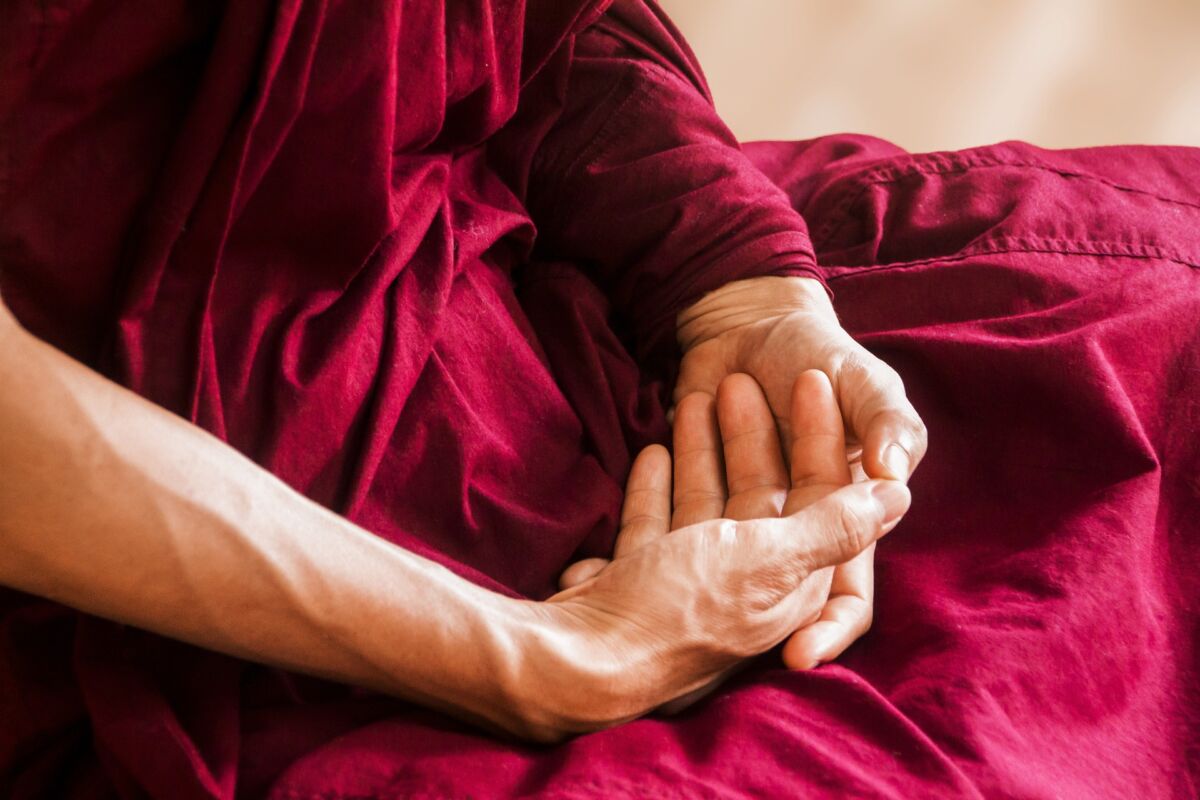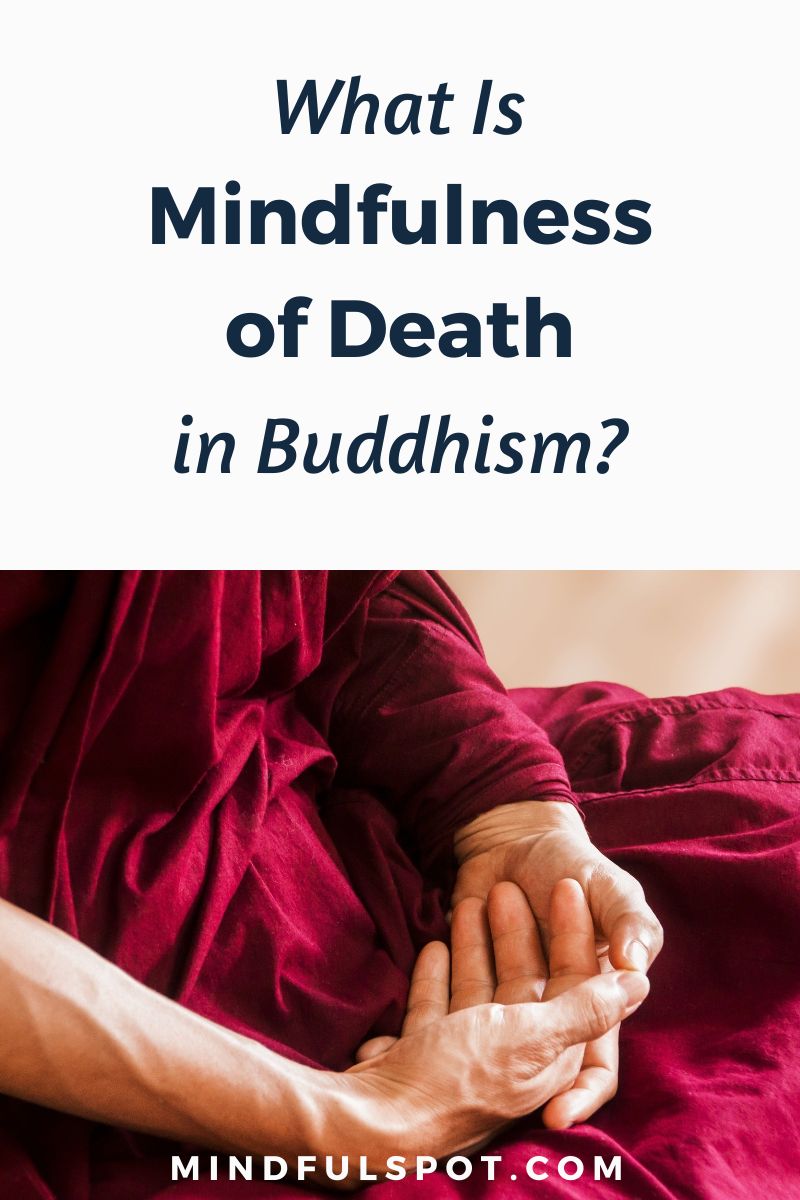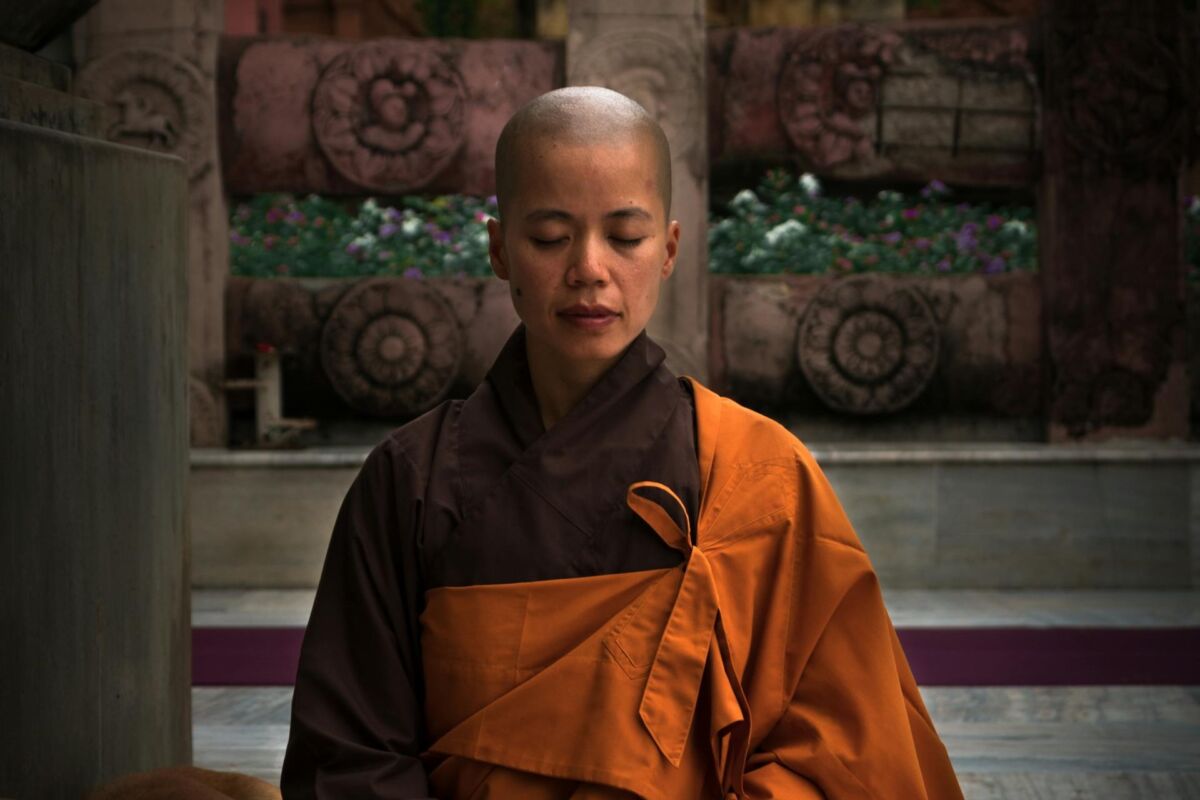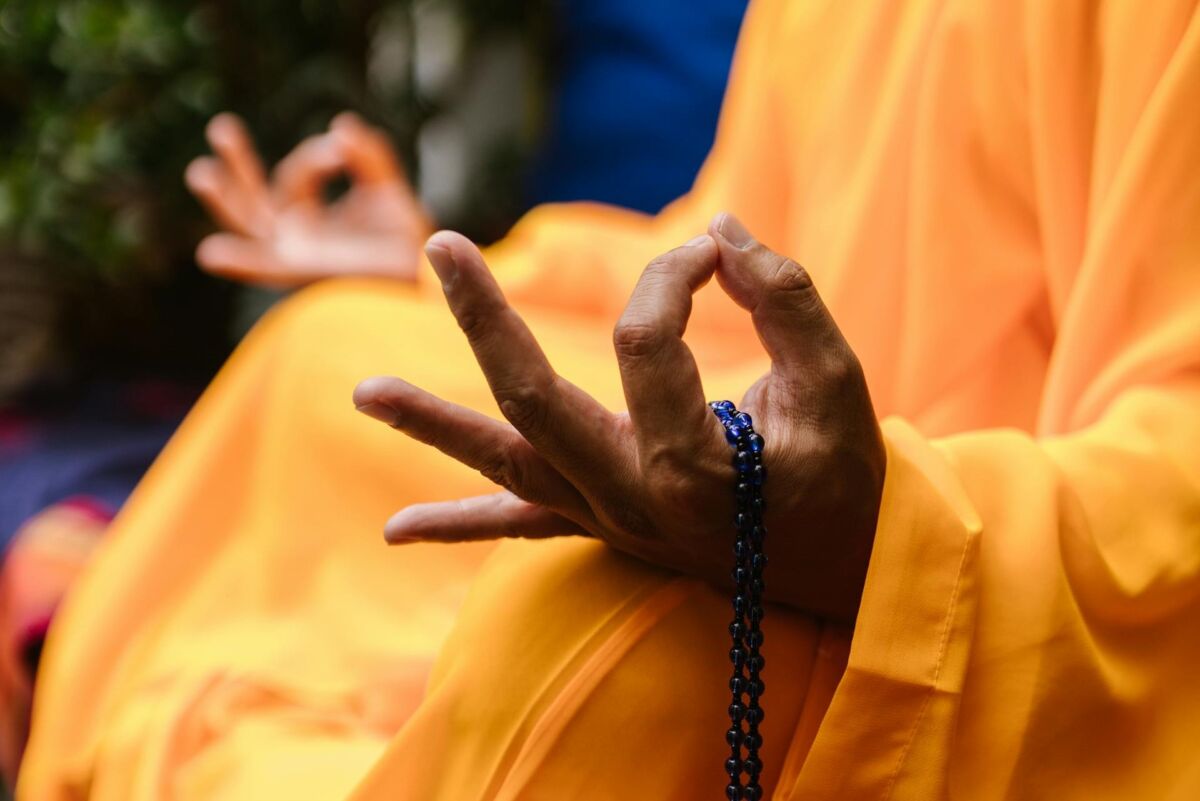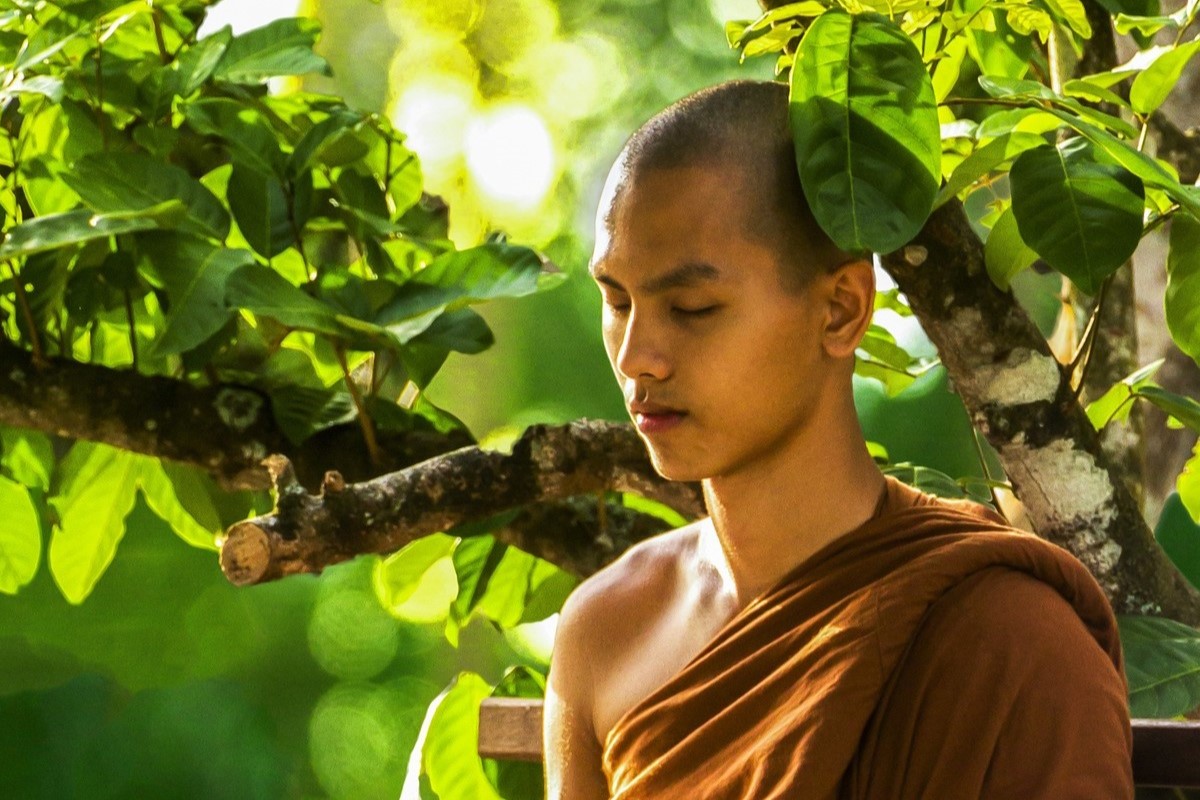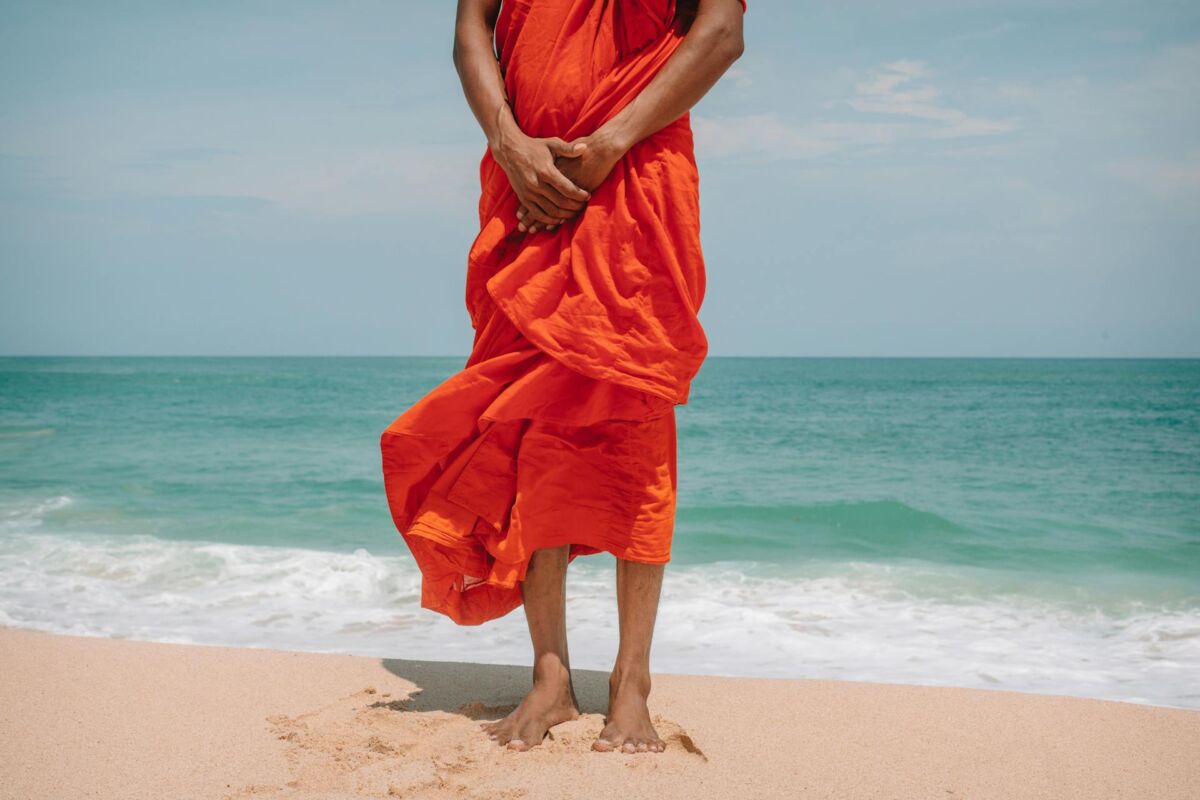In Stillness Speaks, Eckhart Tolle writes that one of the most powerful spiritual practices is to meditate deeply on the mortality of physical forms, including your own. This is called “die before you die.”
Of course you know you’re going to die but that remains a mere future possibility until death enters your life through an accident, serious illness, or the passing away of a loved one. At that moment, you can turn away from it in fear, but if you gather enough courage to face the fact that your body is fleeting and could dissolve at any moment, there is some degree of disidentification, however slight, from your own physical and psychological form, the “me.”
When you see and accept the impermanent nature of all life forms, a strange sense of peace comes upon you. This is why in Theravada Buddhism, the monks regularly visit the charnel ground to sit and meditate among the dead bodies — a practice known as mindfulness of death. Its instructions speak of “comparing” your own body to the different stages of decay through which a corpse would go if it were left out in the open. Here’s how its described in an ancient scripture, included in the book Satipatthana Meditation: A Practice Guide by Bhikkhu Analayo:
As though one were to see a corpse thrown away in a charnel ground that is one, two, or three days dead, being bloated, livid, and oozing matter, and one compares this same body with it: “This body too is of the same nature, it will be like that, it is not exempt from that fate.”
Again as though one were to see a corpse thrown away in a charnel ground that is being devoured by crows, hawks, vultures, dogs, jackals, or various kinds of worms …
a corpse thrown away in a charnel ground, a skeleton with flesh and blood, held together by sinews …
a skeleton without flesh, smeared with blood and held together by the sinews …
a skeleton without flesh and blood, held together by the sinews …
disconnected bones scattered in the main and intermediate directions, here a hand bone, elsewhere a foot bone, elsewhere a shin bone, elsewhere a thigh bone, elsewhere a hip bone, elsewhere a back bone, and elsewhere a skull …
a corpse thrown away in a charnel ground, bones bleached white, the colour of shells …
bones heaped up, more than a year old …
bones rotten and crumbling to dust, and one compares this same body with it: “This body is too of the same nature, it will be like that, it is not exempt from that fate.”
How to Practice Mindfulness of Death (A Simplified Version for Beginners with Guided Audio)
Buddhist monks took up mindfulness of death to master Satipatthana system and deepen their spiritual practice. Any lay practitioner should keep that in mind and try this technique only if it aligns with their own meditation goals. In his book, Analayo also warns that “those with respiratory problems or those with suicidal tendencies should not adopt this practice.” Then he goes on to offer a simplified approach for beginners:
To begin with, we might simply bring to mind the image of a skeleton. The mental image … could be further strengthened [with] our whole-body awareness…. This would build on the way of practice we did for the earlier two satipatthana exercises, where with with contemplation of the anatomical parts we explored the bones of the skeleton and with contemplation of the earth element we were to some extent still aware of the skeleton as part of our awareness of the solidity of the whole body. … As a result, the fact of death becomes palpably my death. This can serve to actualize the reflection that “this body too is of the same nature, it will be like that, it is not exempt from that fate.”
As the next stage of this simplified practice, Analayo introduces his own variation that is not included in the traditional Satipatthana meditation, “recollection of death based on the breath.” He writes:

FREE Self-Test: How Spiritual Are You?
There will come a time when the breath stops flowing and this body will die. … Having recollected whatever visual image of a corpse we have decided to adopt [e.g. a skeleton], with each breath we can become aware that this might be our last breath. The perception arises that we could die even right now…. We cannot be sure that our breathing continues beyond what is happening in the present moment. … For actual practice, I recommend relating this type of awareness in particular to the inhalation.
With every exhalation we can in turn cultivate an attitude of relaxing and letting go, training ourselves in the best way of facing the moment of dying. With these two modes, it becomes possible to fine-tune the practice to our personal needs. Adjustments can take place by placing more attention to either to the inhalations or to the exhalations. [At all times,] breathing remains natural.
And finally, Analayo instructs us to shift into the “open practice:”
Whereas contemplation of the anatomical parts and [contemplation of the] elements has rooted us mindfulness in the body, contemplation of death firmly establishes us in the present moment, the only time when we can be truly live.
[…]
Based on the foundation laid by these three body contemplations, we move on to an unstructured mode of practice by opening up the vista of our awareness to anything that happens in the present moment. Proceeding in this way, we are gradually coming close to the experience of the deathless.
Use this guided meditation narrated by Bhikkhu Analayo, courtesy of Windhorse Publications:
In Buddhism, mindfulness of death is a part of Satipatthana Meditation that leads to Nirvana and is preceded by mindfulness of the four elements, mindfulness of anatomical parts, mindfulness of bodily activities, and mindfulness of bodily postures. Complement with Mother Teresa on the meaning of life and then revisit spiritual teacher Eknath Easwaran on why your life is your biggest message.
About the books’ authors:
Ven. Bhikkhu Analayo was born in 1962 in Germany, was ordained in 1995 in Sri Lanka, and completed his PhD on satipatthana at the University of Peradeniya in 2000. At present, he is mainly engaged in the practice of meditation, and among other things contributes to the Encyclopaedia of Buddhism. He has authored several books on Buddhist practice, including Satipatthana and Compassion and Emptiness in Early Buddhist Meditation.
Eckhart Tolle is a spiritual teacher who conveys simple wisdom that transcends any particular religion, doctrine, or guru. A native of Germany, Eckhart Tolle attended the University of London, and upon graduation went on to become a research scholar and supervisor at Cambridge University. At 29, a profound spiritual awakening virtually dissolved his personal identity and sparked a radical change in the course of his life. It marked the beginning of an intense inward journey and he devoted the next decade to understanding, deepening, and integrating that transformation. He’s the author of The Power of Now, Stillness Speaks, and A New Earth.
Editor’s note: This article was updated with additional instructions and guided meditation by Bhikkhu Analayo.

FREE mindfulness resources for stress relief
I’m a freelance writer and mindfulness advocate behind this blog. I started my meditation practice in 2014, and in 2017 I launched this website to share what I learn with others. Here are the three things you can do here:
1. Schedule a free consult if you want to learn Buddhist meditation.
2. Download free mindfulness resources for stress relief
3. Join Patreon for exclusive content and community meetings.

